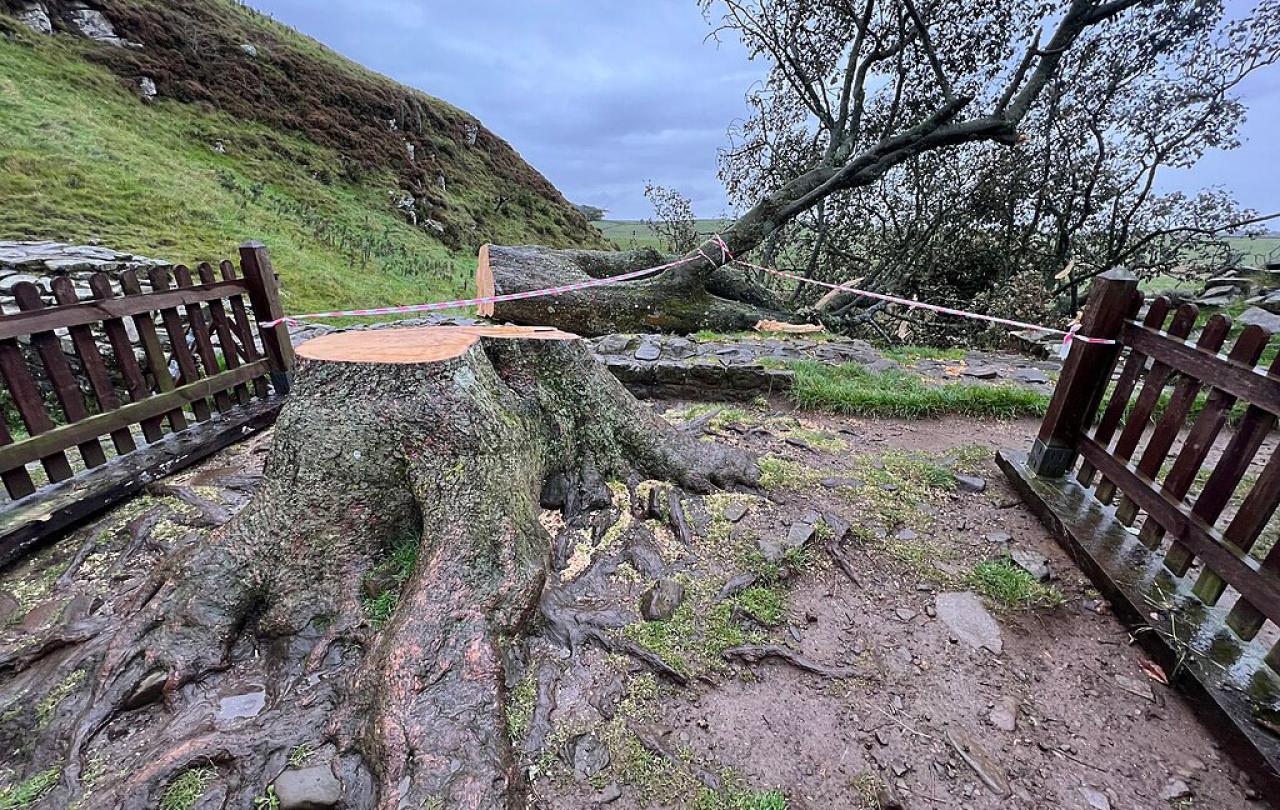The protest actions of environmental groups like Just Stop Oil or Extinction Rebellion fall into that vein, and strongly divide opinion. They proclaim a new gospel of environmentalism. Turn around, mend your ways, and be saved. (Although is it really just an old message of paganism: Appease the gods of sun and thunder or else face oblivion?) In any case, it’s a message burning with no less zeal than did old Boniface’s. And while they may not agree with their methods, many would at least agree with their cause and motive. The question is: how far can you stretch a point?
The fact is that there is much that we do not agree on. Borders, taxation, healthcare, education, marriage, sex and gender, even what constitutes a human life. Cultural divisions seem to grow only wider. Increasing mistrust has us standing in opposition to one another - vitriol and disdain filling the space between us. Two tribes in a stand-off. Rather like the two hills that form the gap where that beautiful tree stood until last week. The gap is empty now. The tree is what brought them together. The tree was what completed the whole scene. Without it, we see only the empty air between the two opposing hills.
In a world and culture that feel ever more divided, perhaps the Sycamore Gap Tree, even in its destruction, can give us some hope, some fleeting moment of cultural unity. Trees still represent to us an essential good. Their existence transcends the passage of our short lives. They stand through storm or shine. They sink their roots deep into the good earth. They stretch their limbs up to the skies. They are a metaphor for a life well lived.
The felling of this iconic and beautiful tree is a pang we can all feel, the more so because it seems to have been done as a naked act of vandalism with - so far - no justification offered. Maybe this then is its greatest legacy: that, rather than reaching for the easy emotions of anger and blame, we can transcend our differences for just a moment. And allow ourselves to be reminded that, more than we ever realised, we loved that old tree. And we shall miss it now it’s gone.
If we can all feel that, perhaps there’s hope for us yet.



